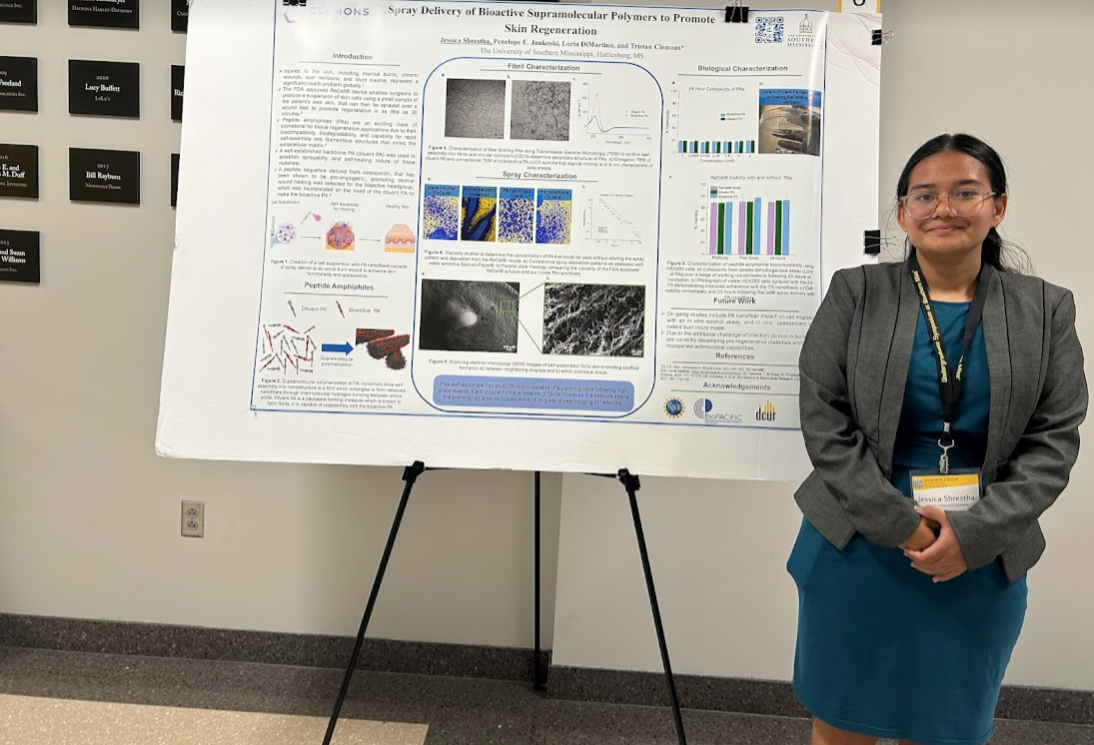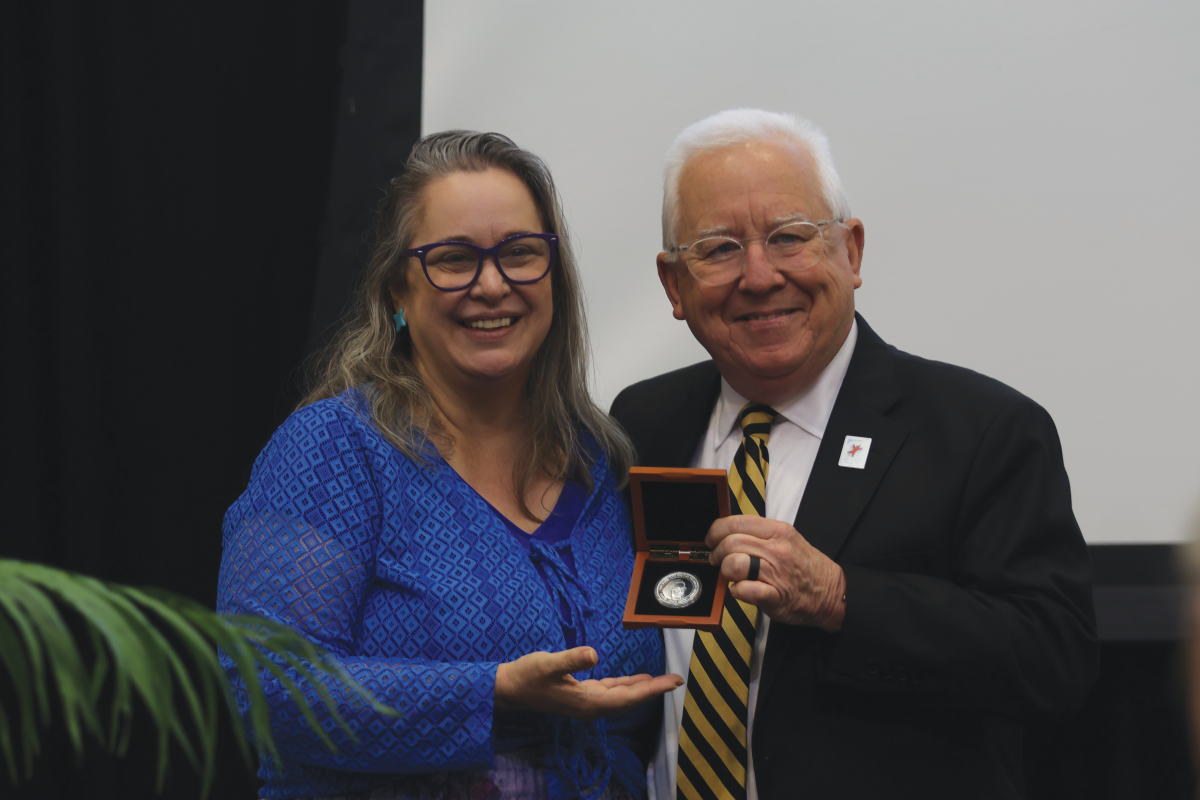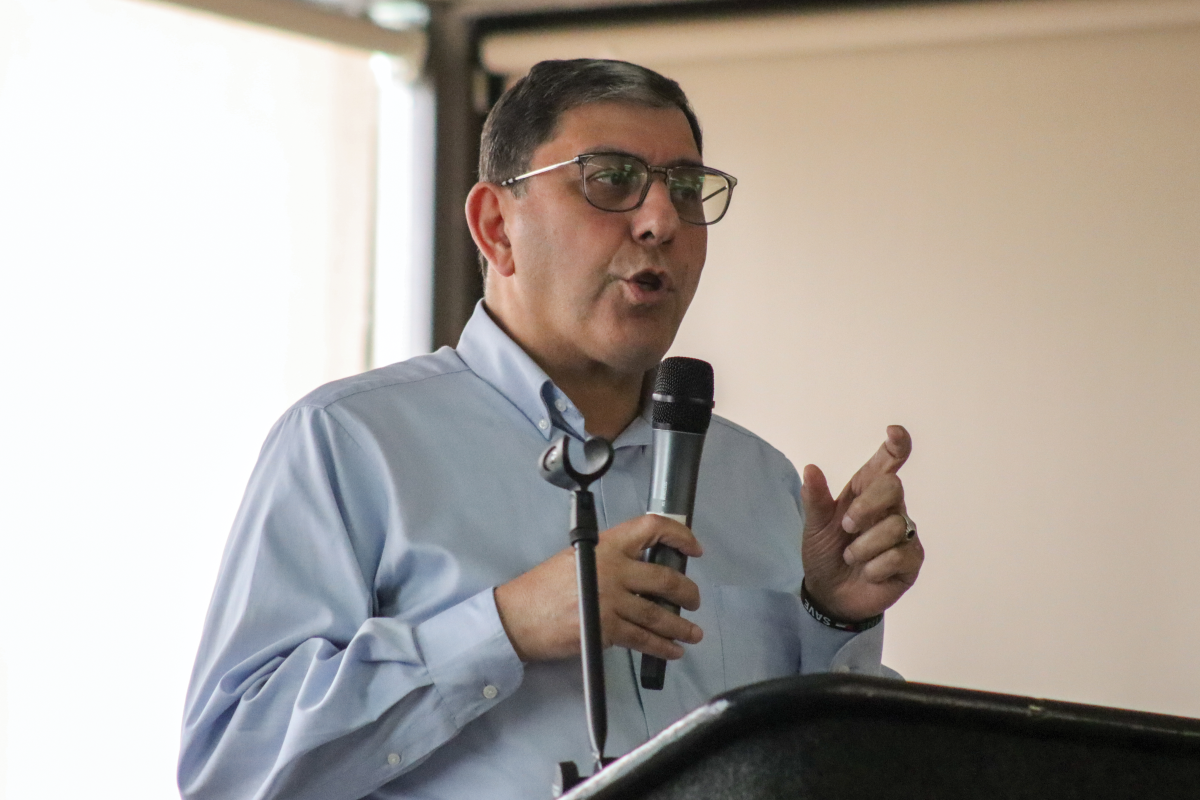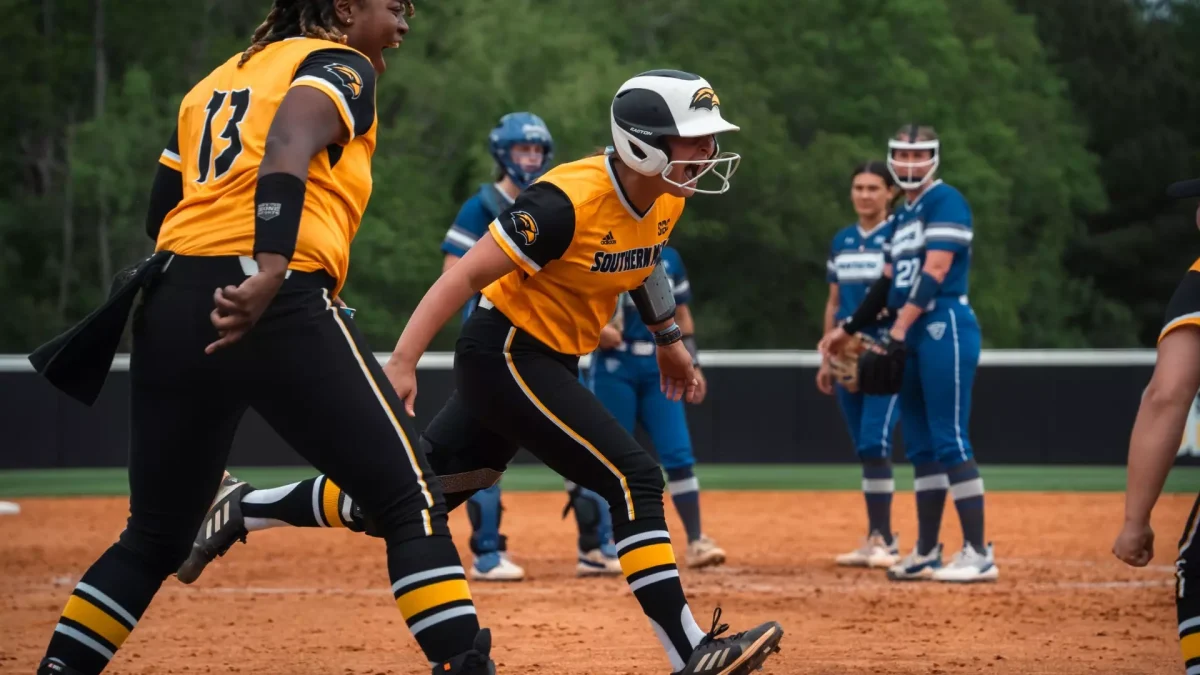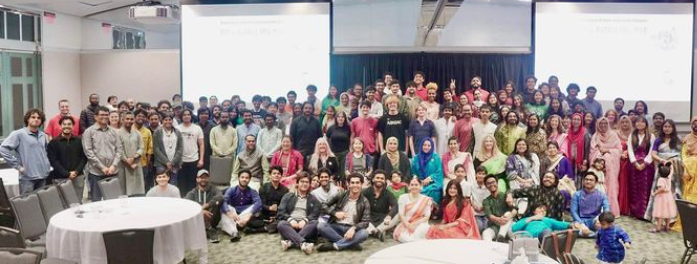A British researcher recently collaborated in a research effort with The University of Southern Mississippi to develop an effective way to detect designer drugs.
According to Southern Miss Now, Kathryn Kellett, a doctoral student from the University of Hertfordshire, United Kingdom, has collaborated Karl Wallace and graduate student Hugh Broome of USM at the university’s Department of Chemistry and Biochemistry.
Kellett came to Southern Miss for research through a fellowship provided by the Winston Churchill Memorial Trust, and she is the first Winston Churchill Fellow to collaborate with
USM researchers.
The specific aim of Kellett’s research with Southern Miss researchers is the determination and detection of “legal highs,” a situation in which substances similar to illegal drugs such as cocaine and ecstasy can be slightly altered in their chemical composition for the purpose of legal use under the United States 1971 Misuse of Drug Act.
To facilitate more effective detection of such drugs, Kellett is working to create sensors for the purpose of determining the presence of such substances. The issue with such substances is their legality through the skirting of current laws, which do not apply to new drugs or drugs that are not currently well-researched.
“These drugs are changing every day,” Kellett said. “They are created in laboratories and are stimulants, such as mephedrone.”
She also provided an example of another such substance in bath salts, which are sold as beauty products but have been utilized and abused in illicit drug use.
“Our goal is to find a way to quickly test for the presence of these designer drugs,” she said.
Kellett said her research into developing a sensor would be focused on one that could be used freely in the field, rather than being confined to a laboratory.
“We are trying to make it accessible for law enforcement and healthcare professionals to easily identify the substance without any complicated equipment,” she said.
Kellett and her major professor at the University of Hertfordshire, Jacqueline Stair, wanted to find someone who could aid in designing such drug sensors. This was Wallace at USM, an associate professor of inorganic and supramolecular chemistry. He has previously crafted sensors for substances such as sarin gas, cyanide, explosives and pesticides.
Broome has been integral in this sensor research through cooperation with Kellett.
“I designed sensors based on Kellett’s protein modeling and theoretical calculations,” he said.
The ultimate goal of the research collaboration as described by Broome is a “disposable method,” similar to a pregnancy test which law enforcement authorities could use with ease to determine the presence of substances falling under the description of a “legal high.”
Work and research is still ongoing between Kellett, Stair, Wallace and Broome. Stair and Wallace create the modeling, and they send their work to Kellett and Broome for the purpose of developing molecules to detect the presence of “legal high” drugs.
The Churchill Trust allowed British citizens to travel abroad and research on a “worthwhile enterprise” of their choice, with the aim of enriching the trust recipient’s life as well as the lives of citizens in their communities through their research when they return.
The collaboration through the Churchill trust and University of Hertfordshire is a first for USM.


